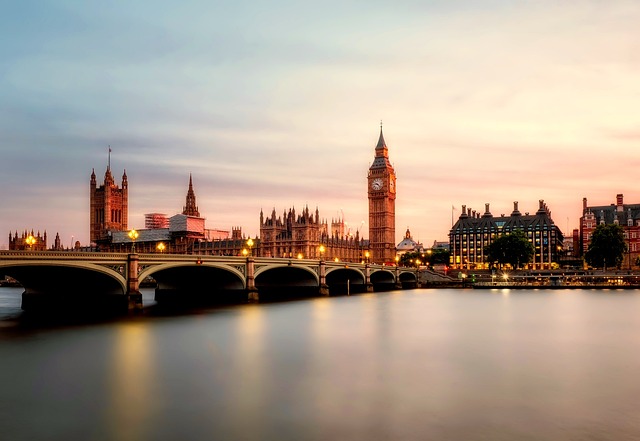Category: Cities
-
What You Need to Know About Moving to Nashville
Nashville is a fantastic place with many natural beauties and an excellent combination of perfect economy and modernity. The city is a source of attractions, and the residents are friendly. Roads in Nashville are always clean with excellent traffic control. The mixed view of skyscrapers and beautiful trees will indeed wonder you. Every year, lots…
Written by
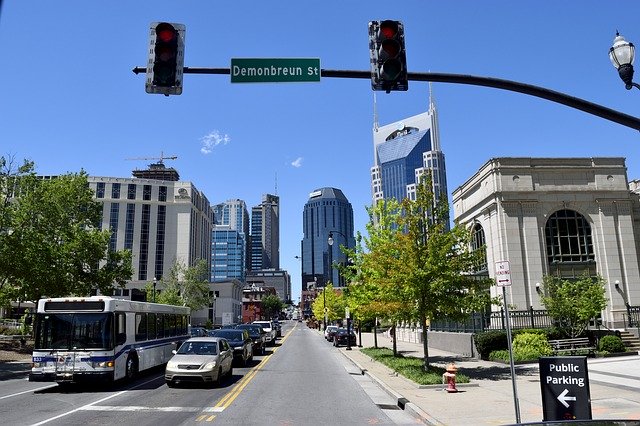
-
Rio de Janeiro Facts for Kids | The Marvelous City
Simply known as Rio, it is the second most populous city of Brazil. Rio de Janeiro is also the name of a Brazilian state and its capital city is of the same name. It is a very important city of Brazil where major companies of telecommunications, oil and mining have their central offices located. It…
Written by
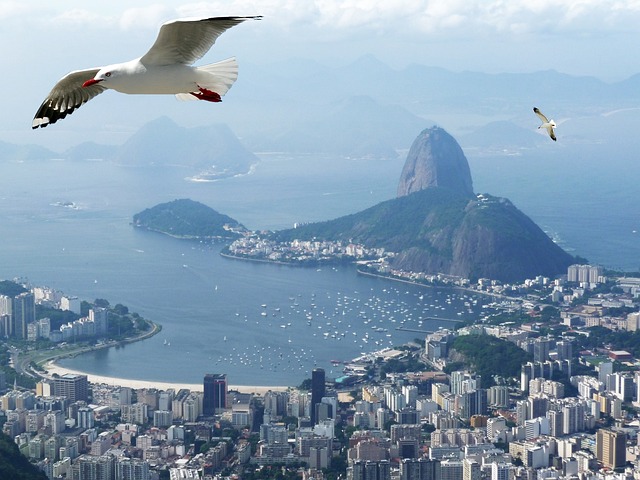
-
Athens Facts for Kids | The Glorious City
Athens is the capital city of Greece. It comprises the major Attica region (administrative region) of Greece. It is also the country’s largest city but what’s more appealing about it is its history, which spans over 3,400 years and makes it among one of the oldest cities of the world. Athens is famous in the…
Written by
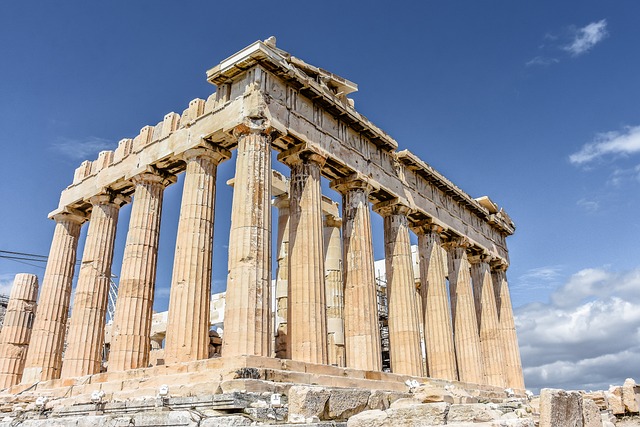
-
Beijing Facts for Kids | The Capital of China
Beijing is located at the northeast border of East Asia’s largest alluvial plain i.e. North China Plain. The literal meaning of the word Beijing is ‘Northern Capital’. The name ‘Beijing’ was adopted by Empire of the Great Ming, the dynasty which ruled China for about 276 years. This name was used to make a distinction from…
Written by
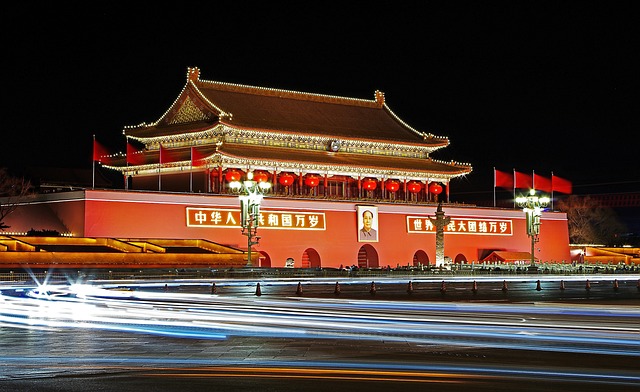
-
Canberra Facts for Kids | Bush Capital
Canberra is the capital city of Australia. As for the country’s capital, there was a competition between Australia’s two biggest cities i.e. Melbourne and Sydney but Canberra was subsequently chosen in 1908. Canberra is unique because it is a planned city of Australia just like Washington, D.C. Each year the second Monday of March is…
Written by
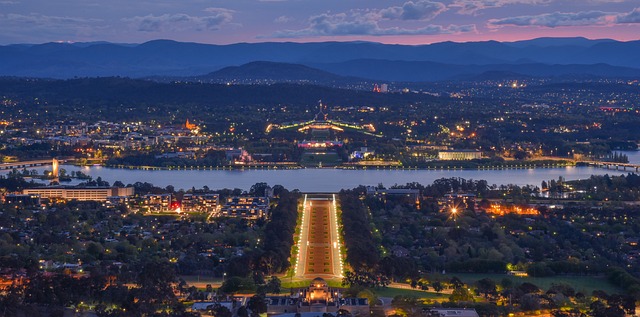
-
London Facts For Kids – Facts About London
London being the capital city of England, stands on the River Thames and it has long been admired for the exquisite lavishness of Londoners and the long history that enriches city in the field of art, commerce, fashion, research, culture, tourism, and entertainment. Let’s discover some of the least known London facts for kids. London…
Written by
